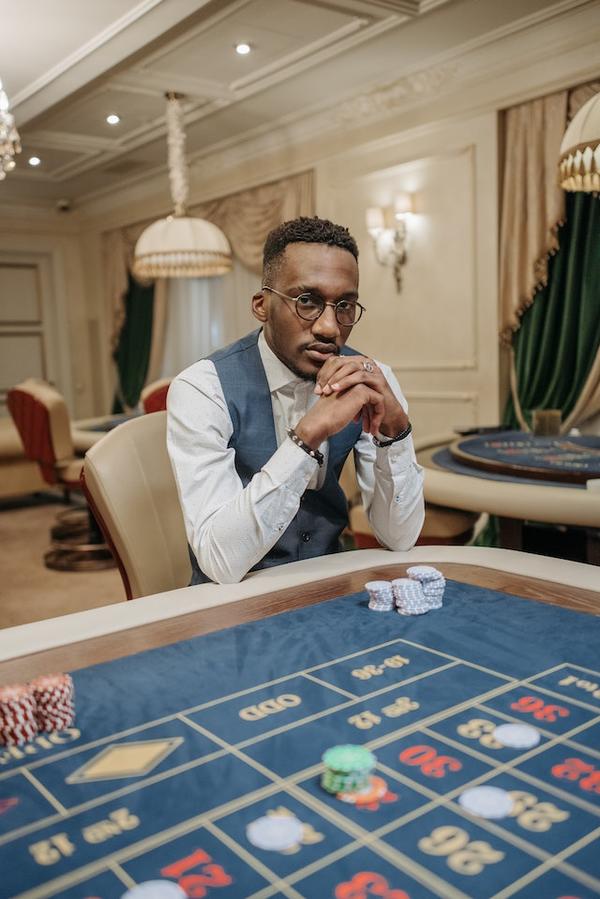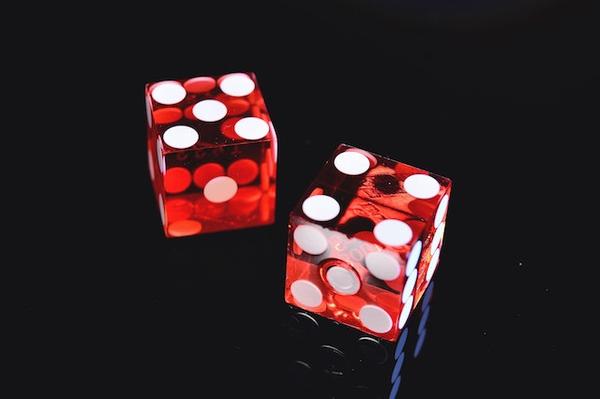Summary of Bi-lora: a Vision-language Approach For Synthetic Image Detection, by Mamadou Keita et al.
Bi-LORA: A Vision-Language Approach for Synthetic Image Detection
by Mamadou Keita, Wassim Hamidouche, Hessen Bougueffa Eutamene, Abdenour Hadid, Abdelmalik Taleb-Ahmed
First submitted to arxiv on: 2 Apr 2024
Categories
- Main: Computer Vision and Pattern Recognition (cs.CV)
- Secondary: Cryptography and Security (cs.CR); Machine Learning (cs.LG)
GrooveSquid.com Paper Summaries
GrooveSquid.com’s goal is to make artificial intelligence research accessible by summarizing AI papers in simpler terms. Each summary below covers the same AI paper, written at different levels of difficulty. The medium difficulty and low difficulty versions are original summaries written by GrooveSquid.com, while the high difficulty version is the paper’s original abstract. Feel free to learn from the version that suits you best!
| Summary difficulty | Written by | Summary |
|---|---|---|
| High | Paper authors | High Difficulty Summary Read the original abstract here |
| Medium | GrooveSquid.com (original content) | Medium Difficulty Summary A novel approach to detecting synthetic images, called Bi-LORA, combines vision-language models (VLMs) with low-rank adaptation (LORA) tuning techniques. This method reframes binary classification as an image captioning task, leveraging the capabilities of cutting-edge VLMs like bootstrapping language image pre-training (BLIP2). The proposed approach is tested through rigorous experiments, showcasing robustness to noise and generalization capabilities to generative adversarial networks (GANs) and diffusion models (DMs). Results demonstrate an average accuracy of 93.41% in detecting synthetic images from unknown generation models. The code and models are publicly available on GitHub. |
| Low | GrooveSquid.com (original content) | Low Difficulty Summary This paper is about a new way to tell apart real and fake pictures. It uses special computer models that can understand both pictures and words. This helps the model make better decisions about whether an image is real or not. The new method works really well, especially with images that are hard to recognize. It’s like having a superpower that lets us quickly spot fake photos! |
Keywords
* Artificial intelligence * Bootstrapping * Classification * Generalization * Image captioning * Lora * Low rank adaptation




